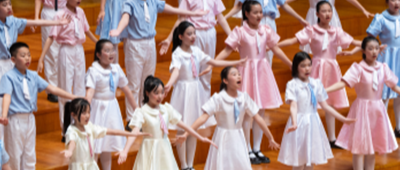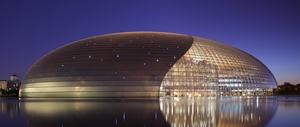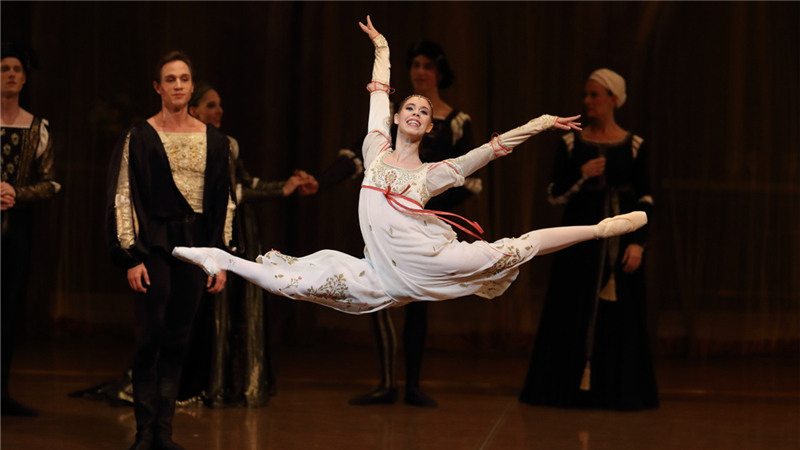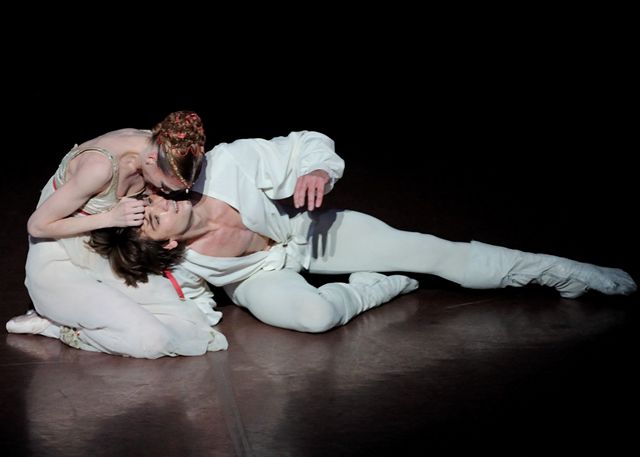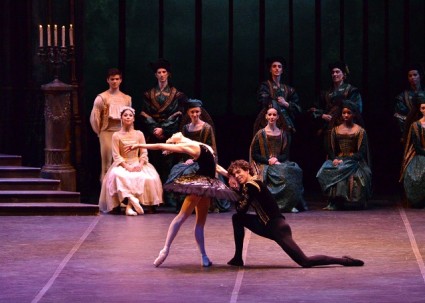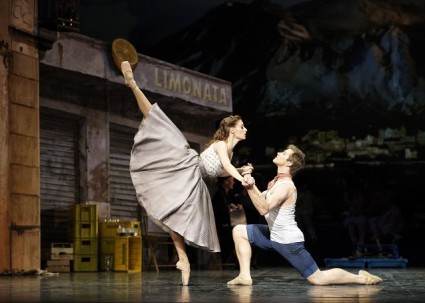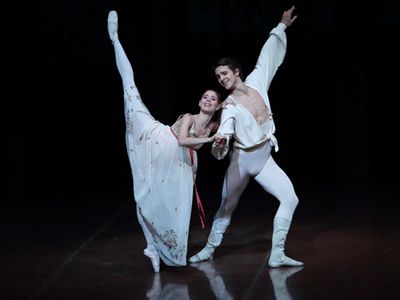In this special year of the 400th anniversary of the death of Shakespeare, stages all over the world are commemorating the great writer in various forms. Yesterday (November, 3rd) the NCPA Dance Festival greeted the ballet Romeo and Juliet adapted from Shakespeare's famous work. The German Stuttgart Ballet and National Ballet of the China Symphony Orchestra joined hands to present this dance feast, making a perfect pairing.
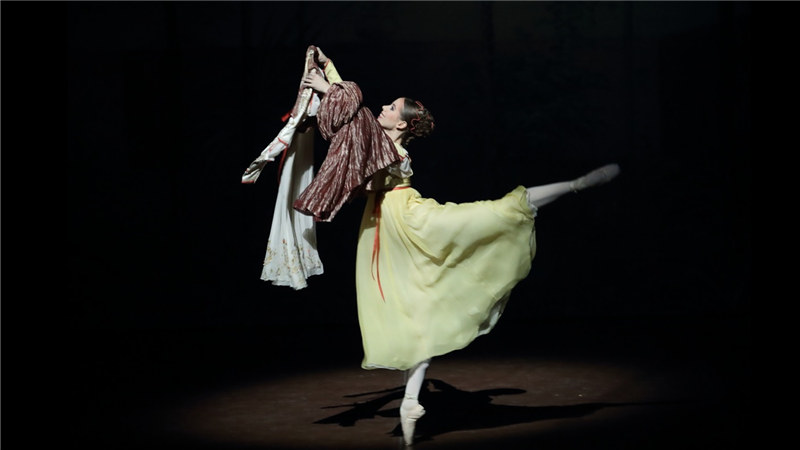
The German Stuttgart Ballet's version of
Romeo and Juliet Photo by WANG Xiaojing
The ballet Romeo and Juliet is the most famous representative work of the ballet writing and directing master John Cranko. He broke from ballet's old pattern of stylized performance, gave drama its maximum presentation in ballet and developed 'dramatic ballet' to a new height. Now, Cranko's version of Romeo and Juliet is a classic reserved drama of numerous famous ballets, including the Milan Scala Grand Theater Ballet and Australian Ballet. However, the company that presents the most original appearance of the work with its most original taste and flavour is the Stuttgart Ballet, which debuted this work of dramatic ballet in 1962. During last's night performance, the audience deeply experienced the 'drama genes' flowing in blood of this world-famous ballet that inherits the teachings of the master Cranko.
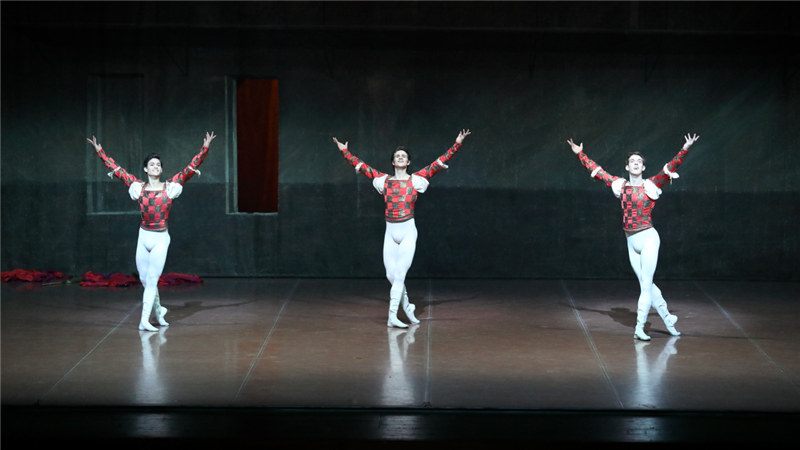
The ballet
Romeo and Juliet is the most famous representative work of John Cranko Photo by WANG Xiaojing
As the curtain slowly rose, it seemed as though the audience were transported to the small Italian town of Verona in the 16th century. The slabstone streets were quiet and peaceful in the dim light of dawn. As daylight gradually swelled, the town began to be filled with vitality. The lives of the people, aristocratic balls, street fights and playfulness among friends were presented skillfully. Though this is a tragic story, there was no lack of hilarious and humorous moments. As the ballet's artistic director Reid Anderson put it, "For the audience, everything begins when the lights of the stage turn on. It is not necessary to know anything in advance. Everything will be presented on the stage." Truly, from the moment the curtain first rose, every audience member seemed to board the train of a story; they became firmly gripped by the dramatic plot unfolding on the stage, and the train travelled to its terminal without ever stopping along the way.
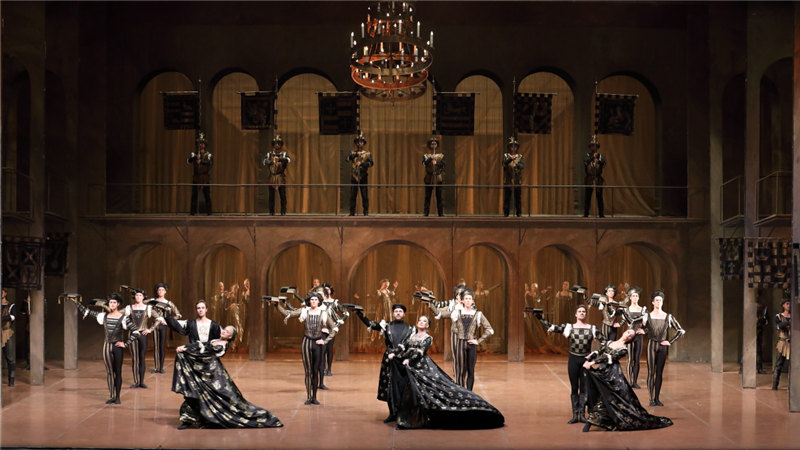
It seemed as though the audience were transported to the small Italian town of Verona in the 16
th century
Photo by WANG Xiaojing
The night's performance jointly starred the chief actors David Moore and Elisa Badenes as the hero and heroine. With their beautiful appearance, fine and smooth performances and exquisite skills, the two young dancers precisely and strictly presented the sense of the ages of the characters in Shakespeare's original work. Through their interpretation, Cranko's dance was like a fountain full of vigor, smooth and fully passionate, making the emotional performances of the young people incisive and vivid, and letting the entire stage overflow with the sweet flavors of youth and love, which was extremely infectious.

The chief actors David Moore and Elisa Badenes jointly starred as the hero and heroine Photo by WANG Xiaojing
The most admired parts of this ballet are the three 'pas de deux' that trace the development of Romeo and Juliet's love throughout the story. The anxious and shy hero and heroine meet for the first time at a masked ball and can't hide their inner passions, and their every expression of feelings and ideas must be masked to deceive the people around them due to the ball's environment. Their true emotions spring up as undercurrents in their peaceful faces. There is no stylized shallow classical ballet in the choreography, but superb, novel and spectacularly skilled movements integrated seamlessly. Even after half a century, they are still full of originality today.
Through their interpretation, Cranko's dance was like a fountain full of vigor, smooth and fully passionate
Photo by WANG Xiaojing
The 'Balcony pas de deux' is the most famous dance in the ballet. When the music of the dance began, the 'sophisticated audience' of Beijing applauded warmly. If the audience was excited by the dazzling ballet techniques on the stage, they truly appreciated the surge stemming from the heart when the 'pas de deux' was performed, fusing the strong emotions with the natural setting. As the sunny and pure Romeo bounded across the stage wearing long red silk, the elegant and bouncing red seemed to be gathered from and illuminated by the hearts of every audience member before the stage. Extreme happiness when their arms were opened; strength when they closely embraced; lingering when the high lift was performed and attachment with their parting distress... The beauty of youth and love which cannot be expressed in words seemed spoken without reservation by dance, and the audience members following the couple on the stage felt their hearts skip a beat.
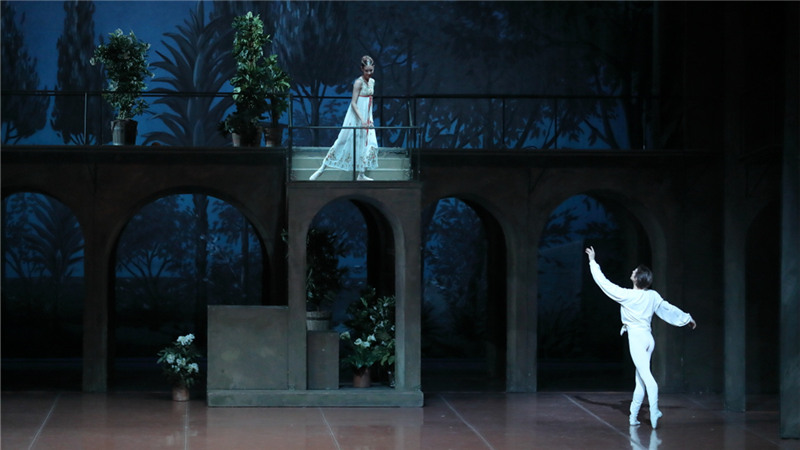
The 'Balcony pas de deux' is the most famous dance in the ballet Photo by WANG Xiaojing
The 'Bedroom pas de deux' of the hero and heroine made the audience melancholy. The hero and heroine faced the parting of life and death after having only just tasted the sweetness of their new marriage. Designed to be filled with emotional tension, the movements of the dancers gave the viewers the same feeling of grieved pain as the characters in the ballet. The power of tragedy broke out at this moment. There was overflowing sorrow and heartache in the accuracy, naturalness and smoothness of every lift, bounce, and throw and catch while advancing. It seemed as though drops of blood had dripped from the lovers' hearts and spattered all over the stage, making the audience sigh for this romantic tragedy with its fluctuating fate and trick of destiny.
It is reported that the ballet will be performed until November 5th, and the next two performances will star the four chief performers Hyo-Jung Kang, Constantine Allen, Alicia Amatriain and Friedemann Vogel as the heroes and heroines.
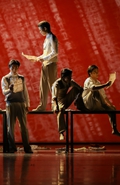 Repertoire
Repertoire
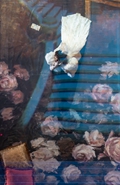 Films
Films
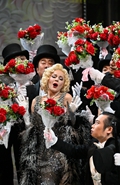 Videos
Videos
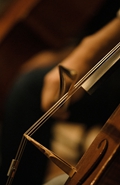 Podcast
Podcast
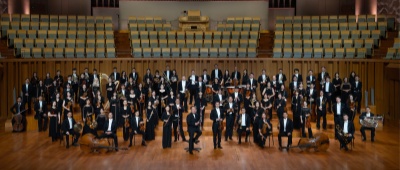 China NCPA Orchestra
China NCPA Orchestra
 China NCPA Chorus
China NCPA Chorus
 NCPA Resident Singers
NCPA Resident Singers
 NCPA Drama Ensemble
NCPA Drama Ensemble
 Buildings
Exhibitions
Buildings
Exhibitions
 Opening Hours
Services
Opening Hours
Services
 Western Cuisine
NCPA Café
Arts Gifts
Western Cuisine
NCPA Café
Arts Gifts








